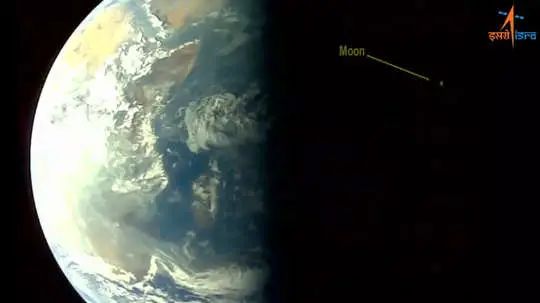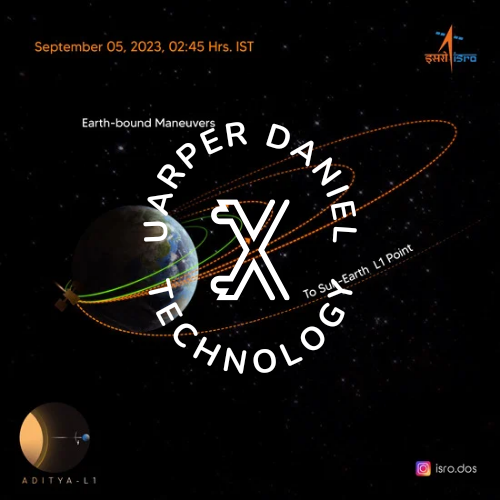
New Delhi: The Indian Space Research Organisation (ISRO) on Thursday shared the images of the Earth and the Moon captured by the Aditya-L1 spacecraft.

Along with these images, the camera on-board the Aditya-L1 also captured a selfie in which the “VELC” and “SUIT” instruments could be seen.
The Visible Line Emission Coronagraph (VELC) is the main payload which will be used to focus on the Sun’s Corona (the outermost layers) by the Aditya-L1. The Solar Ultraviolet Imaging Telescope (SUIT) is responsible for monitoring the UV radiation from different zones of the solar atmosphere.
Taking to the social media platform X, formerly known as Twitter, ISRO said, “Aditya-L1 Mission: Onlooker! Aditya-L1, destined for the Sun-Earth L1 point, takes a selfie and images of the Earth and the Moon.”
Aditya L-1 is India’s first solar mission which recently performed its second Earth-bound manoeuvre on Tuesday at around 3 am. The first Earth-bound manoeuvre (EBN#1) was performed successfully from ISTRAC, Bengaluru on the launch day, September 2, 2023. The next manoeuvre (EBN#3) is scheduled for September 10, 2023, around 02:30 Hrs. IST, according to the space agency.
The Aditya L-1 mission is a collaboration of the Indian Space Research Organisation (ISRO) with six other institutes of the country. It is the first space-based observatory-class Indian solar mission to study the Sun. It will be placed in a halo orbit around the Lagrangian point (L1) of the Sun-Earth system. The mission aims to observe the photosphere, chromosphere and the outermost layers of the Sun (the corona) using electromagnetic particle and magnetic field detectors.
Aditya L1 is expected to take around four months to reach its destination in the space- L1. After reaching the point, India will be able to study the Sun for over a period of five years.







Thanks for sharing. I read many of your blog posts, cool, your blog is very good.
Can you be more specific about the content of your article? After reading it, I still have some doubts. Hope you can help me.
Thanks for sharing. I read many of your blog posts, cool, your blog is very good.
Your article helped me a lot, is there any more related content? Thanks!